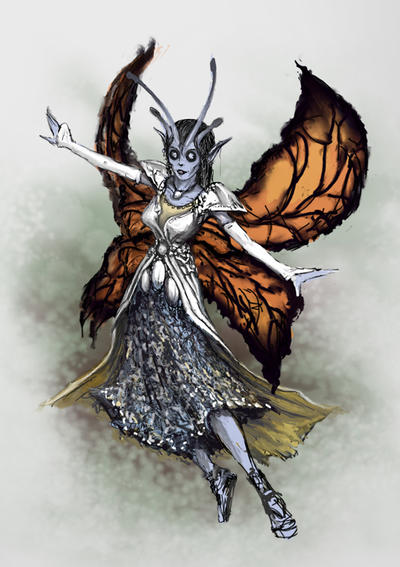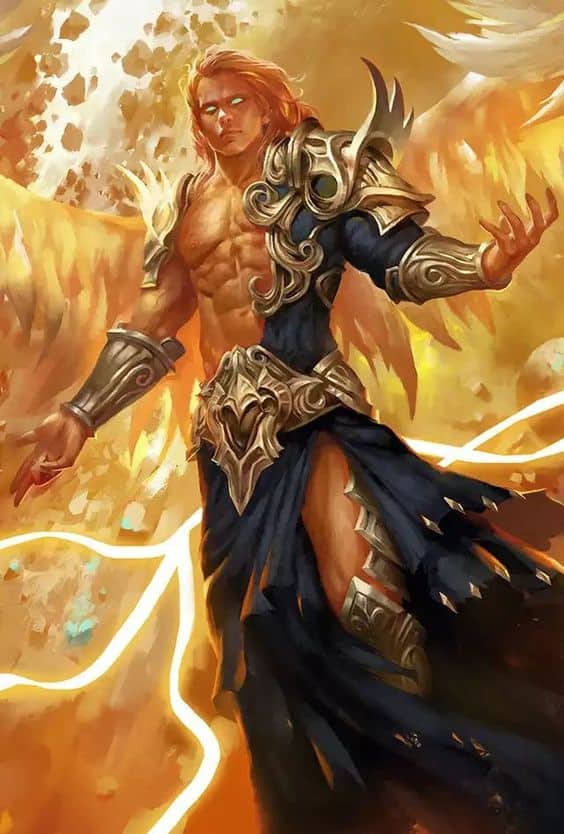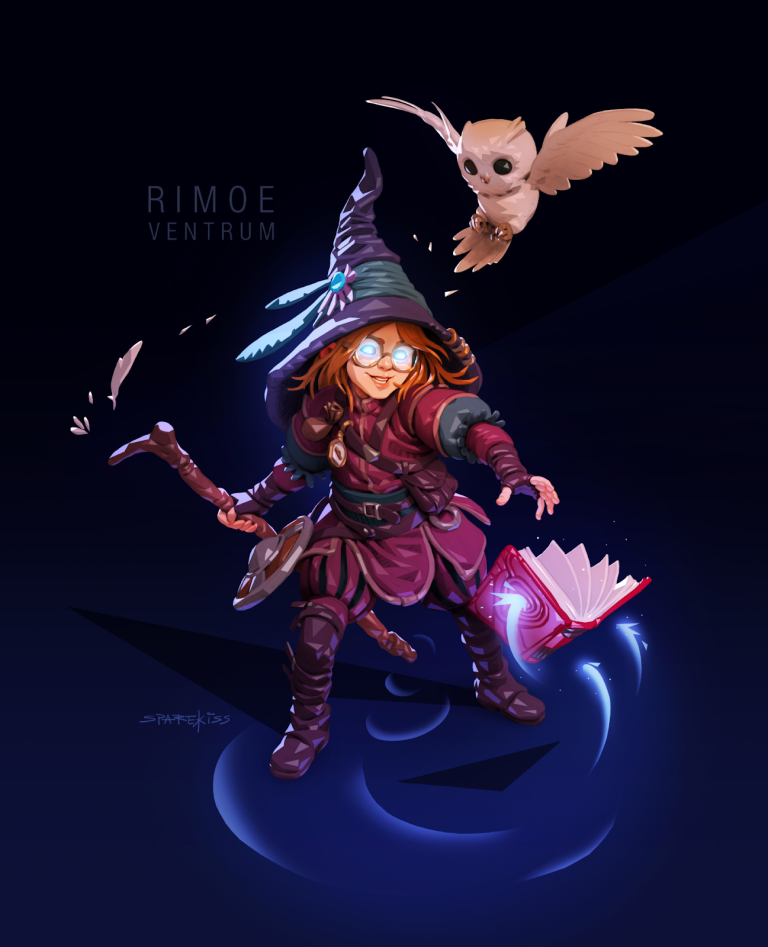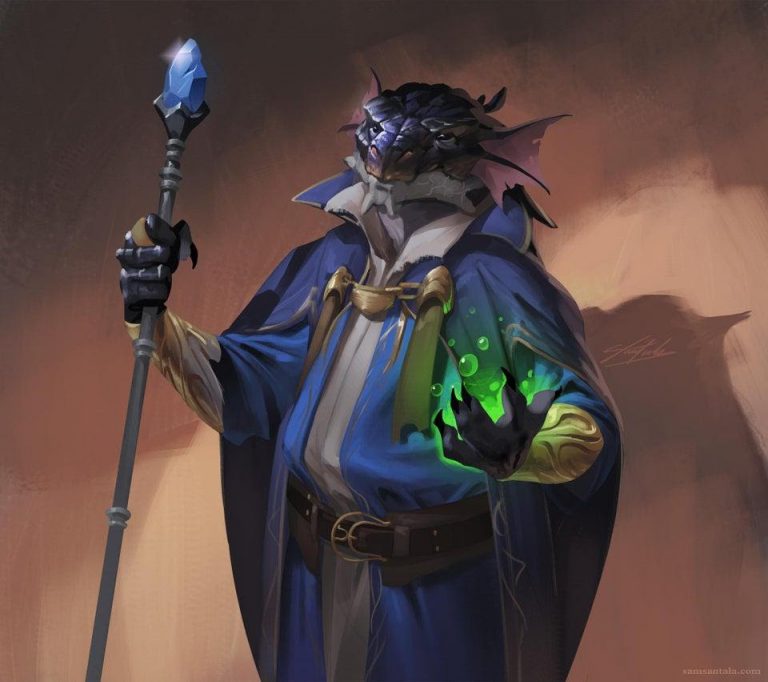D&D 5e: School of Illusion Wizard Guide

D&D 5e: School of Illusion Wizard Guide
Role in the Party
Any wizard has access to powerful illusion spells, but the School of Illusion Wizard has tools that make their illusion spells more powerful than the ones used by any other wizard. Despite a slow start, the School of Illusion eventually becomes one of the strongest wizard subclasses at high levels.
As an Illusion Wizard, you’ll fill standard wizard roles like utility casting, battlefield control, and area of effect blasting, but you’ll lean more heavily into illusion spells than most wizards and may focus on subterfuge and trickery. Remember to stay near your party when you’re getting up to mischief, since you have a d6 hit die and also don’t want the party to be bored.
Epic
Good
Meh
Bad
The School of Illusion Wizard subclass is found in the Player’s Handbook. Click here to pick up your own copy of the Player’s Handbook!
School of Illusion Features
Illusion Savant
Beginning when you select this school at 2nd level, the gold and time you must spend to copy an Illusion spell into your spellbook is halved.
Not a powerful feature, but it’s not meant to be one either. Hopefully, the spells you find in enemy spellbooks and ancient scrolls aren’t the ones you already picked while leveling up.
Improved Minor Illusion
When you choose this school at 2nd level, you learn the Minor Illusion cantrip. If you already know this cantrip, you learn a different wizard cantrip of your choice. The cantrip doesn’t count against your number of cantrips known.
When you cast Minor Illusion, you can create both a sound and an image with a single casting of the spell.
Knowing one extra cantrip is nice, given how wizards can take very few of the cantrips on their spell list. Minor Illusion is an extremely versatile cantrip, and this feature boosts its versatility further. If you need an NPC to see an illusion of something but don’t want them to see you cast the spell, you can create the illusion behind them, create a sound with it, and then they might turn around to look at it. However, it’s still Minor Illusion, and adding a sound won’t help in most scenarios.
Malleable Illusions
Starting at 6th level, when you cast an illusion spell that has a duration of 1 minute or longer, you can use your action to change the nature of that illusion (using the spell’s normal parameters for the illusion), provided that you can see the illusion.
This is a confusingly worded feature, but it’s excellent for anyone who wants to do illusions. Jeremy Crawford has clarified that not all illusion spells create illusions (such as Simulacrum) and that this feature doesn’t let you move the illusion, so keep that in mind. Also, changing the nature of an illusion may not always be helpful: if an enemy knows that your Silent Image of a crate is actually an illusion, turning it into a barrel isn’t going to do anything helpful. Still, there’s excellent versatility here, and you can re-use the same illusion for multiple things and possibly save several spell slots. You will have to talk to your DM about how this interacts with things like Mirage Arcane or other confusing spells.
Illusory Self
Beginning at 10th level, you can create an illusory duplicate of yourself as an instant, almost instinctual reaction to danger. When a creature makes an attack roll against you, you can use your reaction to interpose the illusory duplicate between the attacker and yourself. The attack automatically misses you, then the illusion dissipates.
Once you use this feature, you can’t use it again until you finish a short or long rest.
A creature attacks you, and then you use your reaction to guarantee a miss. A simple, yet very useful feature.
Illusory Reality
By 14th level, you have learned the secret of weaving shadow magic into your illusions to give them a semi-reality. When you cast an illusion spell of 1st level or higher, you can choose one inanimate, nonmagical object that is part of the illusion and make that object real. You can do this on your turn as a bonus action while the spell is ongoing. The object remains real for 1 minute. For example, you can create an illusion of a bridge over a chasm and then make it real long enough for your allies to cross.
The object can’t deal damage or otherwise directly harm anyone.
This is the most powerful feature of the Illusion Wizard, and it might be the strongest wizard feature. You cast Silent Image, creating an illusion of an adamantine wall, and then you make that wall real, and you don’t even have to concentrate on it. If you need a crowbar, you can cast Silent Image and make a crowbar, and then hand it to your fighter.
If you want to drop an anvil on someone’s head, it won’t do any damage, but like most illusion-related features and spells, the limits of this feature are vague. If we create a machine that pushes a boulder off a cliff, does that boulder deal damage? Does the machine just not push the boulder? What if nobody’s underneath the boulder when it falls? What if we want to make a sword for the fighter and they use the sword to attack people? Does it do damage? What can we even make real in the first place? What counts as an illusion, anyway? A Phantasmal Killer which only exists in someone’s head and not to anyone else? Is it still only visible to the target of the spell and nobody else if we make it real? Talk to your DM before you reach 14th level, and don’t be disappointed if they say “no” to a few things.
Strengths
Nobody has stronger illusions than you, and eventually, nobody has cheaper powerful wall spells than you. Your Minor Illusion is the best Minor Illusion, your Silent Image eventually becomes a concentration-free adamantine wall, and your Mirage Arcane might do something utterly ridiculous.
Weaknesses
I brought up Mirage Arcane a few times, and it’s the biggest offender of a problem many illusion spells have. How do they work? If I cast Minor Illusion on a boat, does it stay still relative to the boat or the ocean? What about a Minor Illusion on a cart? A Minor Illusion on a floating island or a moving celestial body? How often will NPCs suspect that an illusion might be an illusion? Do they only ever get paranoid about illusions when you’ve secretly cast one since your DM is just that type of DM? Or are all NPCs everywhere fooled by even a Minor Illusion of a wax figurine of a humanoid?
You need to talk to your dungeon master and know how they’ll run illusions in general before you take this subclass, and you probably even need to discuss some specific illusion spells and if appropriate, probe around with hypothetical scenarios to get a sense of what you can and can’t do with them.
Lastly, just like normal wizards, your armor class is terrible unless you gain armor proficiency somehow, then you can combine armor with the Shield spell and benefit from an actual defense that can compensate for your poor hit points.
Best Race Options
Custom Lineage and Variant Human are excellent on nearly any build. A half feat to boost intelligence or a feat to boost concentration saving throws are probably your best choices, but you can take any of the other good feats out there.
Deep Gnomes get a free Disguise Self and Nondetection, and after Monsters of the Multiverse, they can use spell slots to cast them again. This is a good way to get two more good illusion spells on your spell list, and you can even cast both of these without feeling guilty that you used a slot outside of combat. Remember that Malleable Illusions works on Disguise Self, so you can change your disguise as needed.
If races from Eberron: Rising From the Last War are allowed in your campaign, the Mark of Shadow Elf is a stellar option. You get an expanded spell list that’s mostly redundant with your wizard spell list, but you get the wonderful Pass Without Trace, which can help you and your friends do sneaky things. The race even gives you Minor Illusion and a 1/day invisibility, which are both handy, and you get several other benefits, including a d4 to stealth and performance checks and some normal elf benefits.
Choosing the Right Skills
You’re a wizard, so people will always look to you as the Arcana expert. The other four intelligence skills (History, Religion, Nature, and Investigation) are less important, but you can be proficient in them if you want. Investigation may be particularly important if you want to specialize in detecting illusions used by your enemies.
Perception is great for any character since it saves them from ambushes and traps, and lets them notice more things about their environment.
The Charisma skills are more important here than for other wizard subclasses: Persuasion and Deception are important for dealing with the consequences of illusion-related blunders or for enhancing your illusions in social situations.
Stealth is useful, but not equally so in every campaign. Sleight of Hand may be useful on some characters, but you probably want to leave that to someone else.
Acrobatics is probably the better alternative to Athletics for you since you can more reliably escape grapples with Acrobatics and can sometimes use it for physical activities.
Fitting Feats
Eldritch Adept gives you unlimited uses of Silent Image. You have a level 14 feature that lets you make adamantine walls (or anything really) with Silent Image. You want this feat at high levels, or maybe sooner if you love using Silent Image at every possible opportunity.
War Caster and Resilient (Con) can substantially boost your concentration saving throws and give you a few other benefits. Your illusions might benefit less from this than other spells since they’re often used out of combat when your concentration is safe, but these feats just make you better at holding onto spells in general.
Metamagic Adept is fun, thematic, and powerful since you can grab Subtle Spell and one other metamagic of your choice. Subtle Spell lets you cast spells without any verbal or somatic components, so you can use spells without anyone knowing that you were the one that cast them. Perfect for mischief and for casting spells that can’t be counterspelled.
Optimal Backgrounds
Sage is a sensible background for all wizards, and it works well if you wanted to lean more into knowledge than trickery than some Illusion Wizard characters. The Researcher feature lets you know where you can find most lore.
The Faceless background is a superhero or supervillain-adjacent background that lets you perfectly switch between a superhero-like persona and a normal humanoid persona. The disguise potential is excellent, and many of the suggested personas listed work exceptionally well with the flavor of an Illusion Wizard.
All five Strixhaven backgrounds are exceptional since they give you the Strixhaven Initiate feat and add spells to your spell list. None of them are illusion-centric, so pick your favorite one.
Multiclassing Options
Arcane Trickster Rogue – One level of Rogue will give you Expertise in a skill (or two if you started out as a rogue), as well as light armor proficiency and some weapon usage capability. It delays your spellcasting progression, but that Expertise is handy if you suspect you’ll be using a specific skill very often during the campaign, like persuasion or stealth. If you go far enough to pick a subclass, Arcane Trickster gives you a few more wizard spells and an exceptionally fun invisible mage hand.
Hexblade Warlock – Two levels of Warlock will give you invocations. You might access the Misty Visions invocation this way, which is helpful on high level Illusion Wizards. The 13 charisma multiclass requirement is less severe than on other wizards since you probably wanted a good Deception modifier anyway. For subclass, the commonly dipped Hexblade is your best bet due to the medium armor and shield proficiency, boosting your terrible defense. The warlock slots will also let you use defensive spells like Shield and Absorb Elements more often.
Cleric – A one level dip will give you proficiency in most or all forms of armor, some unique spells not on the wizard list, and another subclass feature or two. Trickery is a good option since giving anyone in the party advantage on stealth is useful, and Order lets you give one ally an attack as a reaction if you cast a spell on them, but Twilight and Peace are probably the strongest options. Emboldening Bond is an extremely strong buff, and Twilight gives you and your allies utterly insane darkvision (300 feet, which is 180 more feet than a beholder) and you can give one party member (maybe yourself) advantage on initiative rolls.
Would I recommend playing a School of Illusion Wizard?
At low levels, this is not the strongest wizard, and you may feel like your features are underwhelming. At level 6, you get more powerful, and at level 14, you become an overwhelming force of battlefield control. This is a stellar subclass for campaigns that will go to high levels, but it performs less well in low level campaigns.
The effectiveness of illusions also depends heavily on the DM, so make sure to talk to them if you are considering playing an Illusion Wizard. What they say might convince you to pick another class, or to pick this class over something else you also liked.
Lastly, remember that not every spell you cast needs to be an illusion, so go nuts with Fireballs and Web spells if you want.








